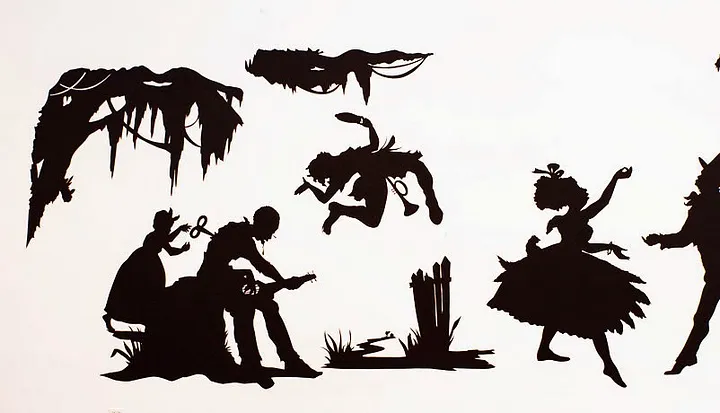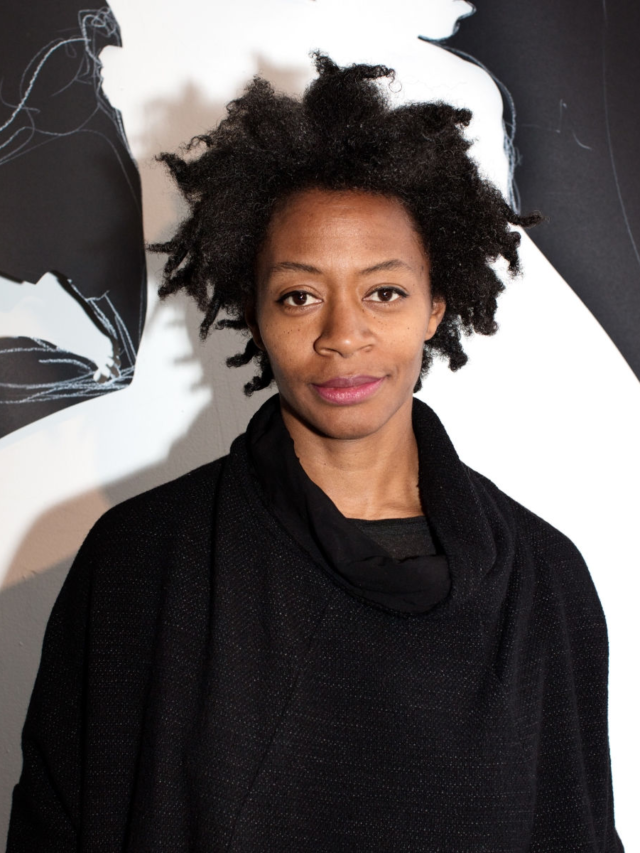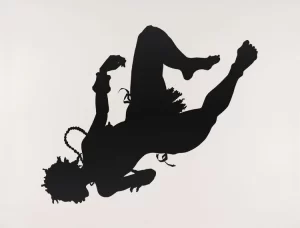Knowledge can be gained at any age. After having a detailed study on topics there are things unknown to us. So, we at Abirpothi present before you the lesser-known facts about artists around the world.
Kara Walker
Sugar crystallizes something in our American soul. It is emblematic of all industrial processes. And of the idea of becoming white. White being equated with pure and ‘true’: it takes a lot of energy to turn brown things into white things. A lot of pressure.
Kara Walker

Kara Walker is an American contemporary artist who is best known for her use of silhouette cutouts to explore themes of race, gender, and power. Born in California in 1969, Walker grew up in Atlanta, Georgia, and studied at the Rhode Island School of Design. She gained national attention in the 1990s for her large-scale, black-and-white silhouettes, which often depicted scenes of violence, slavery, and sexual exploitation.
Walker’s artwork is known for its provocative and controversial nature, and has been the subject of much critical discussion and debate. Her silhouettes often depict racist and sexist imagery, challenging viewers to confront the history of racial violence and oppression in the United States. Her work has been interpreted as a critique of the romanticization of the antebellum South and the legacy of slavery, and has been praised for its willingness to confront uncomfortable truths about American history and society.
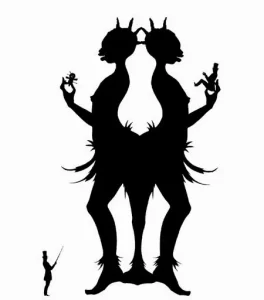
Walker gained national recognition with her 1994 solo exhibition “Gone: An Historical Romance of a Civil War as It Occurred b’tween the Dusky Thighs of One Young Negress and Her Heart”. In addition to her silhouettes, Walker has also created large-scale installations, drawings, and prints. Her work often incorporates historical imagery and references, as well as contemporary pop culture and political events. She has been influenced by a range of artists, including William Blake, Goya, and Robert Colescott, as well as by popular music and hip-hop culture.
Walker has also been an outspoken activist on issues of race and inequality, and has used her platform as an artist to advocate for social justice. She has been involved in efforts to remove Confederate monuments and other symbols of racism from public spaces, and has spoken publicly about the challenges of being a Black woman artist in a field that is dominated by white men.
11 lesser-known facts about Kara Walker
- She received a MacArthur “Genius” Fellowship in 1997 at the age of 28, making her one of the youngest recipients ever. She was listed among Time’s 100 Most Important People in 2007.
- Her mother left the screening of her pornographic movie Miss Pippi’s Blue Story, Fall Frum Grace.
- In the Domino Sugar Factory in Brooklyn, Walker and her crew created the enormous sugar sculpture A Subtlety, or the Wonderful Sugar Baby, in 2014. A memorial to the slaves whose work created the sugar business, the enormous sphinx. The smaller life-size statues of children and the sphinx started to melt in the summer’s heat.
- In 2017, Walker collaborated with musician Santigold on a performance art piece called “An Occupying Army” that was staged at the Brooklyn Academy of Music. The piece featured a series of tableaux vivants, or living pictures, that addressed issues of colonialism, imperialism, and race.
- Walker’s work has been the subject of several documentaries, including “Kara Walker: A Subtlety” (2014) and “Kara Walker: Fons Americanus” (2019).
- In addition to her artwork, Walker is also a writer and has published several books, including “After the Deluge” (2007) and “The Black Road” (2019).
- In 2014, she created a massive public art installation called “A Subtlety” in a former Domino Sugar factory in Brooklyn, New York. The installation consisted of a large sphinx-like figure made of sugar and surrounded by smaller sculptures of children and animals.
- Walker’s close friend Alicia Hall Moran received a role as Bess in the opera Porgy and Bess in 2011. Walker sketched the performance while watching run-throughs, and she later received a request to make graphics for a limited-edition libretto.
- In the 1990s, she gave up painting to avoid the legacy of white male patriarchy over the medium.
- The first piece of art that she can remember strongly impacting her is Christian Schad’s.
- Her first marriage, and eventual divorce, was to Klaus Burgel, a German jewelry designer and Rhode Island School of Design professor, in 1996. The couple had a daughter, Octavia.
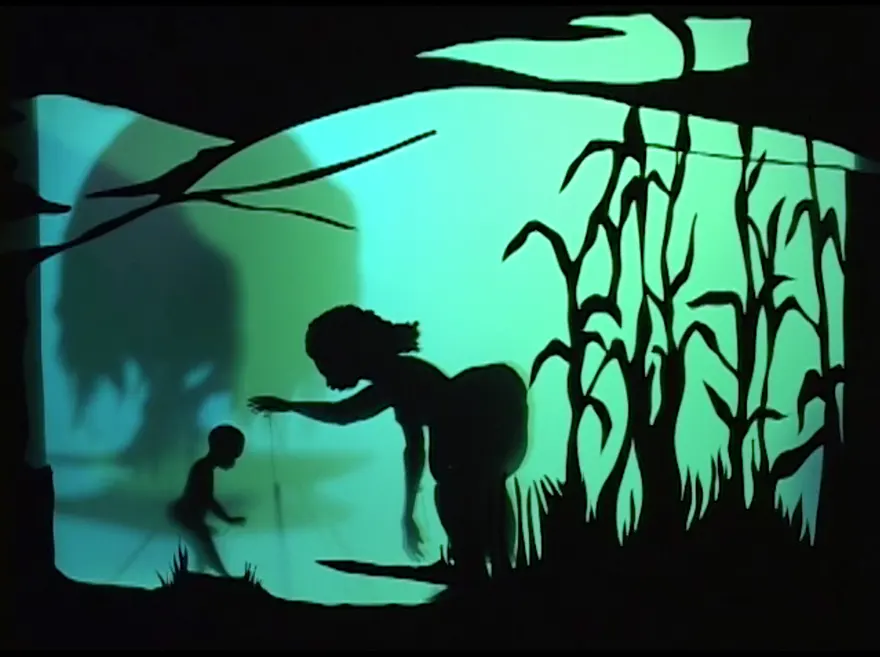
Silhouette scene … from the video entitled … Calling to me from the angry surface of some grey and threatening sea, 2007.


